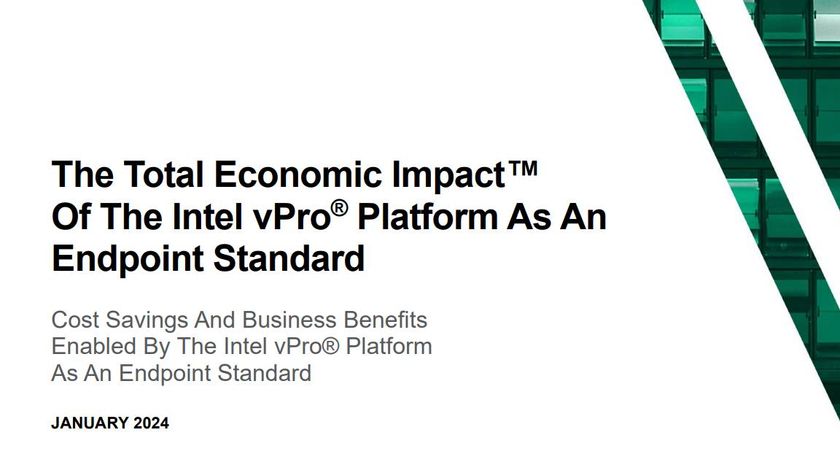"Capacities will increase; transfer speeds and spin rates will also increase. SSD is a key component, but it is not replacing conventional disk drives but rather enhancing the conventional drive proposition," added Arnold.
Cloud storage
Considered to be the most significant change to the way we buy and use storage capacity, cloud storage or storage-as-a-service is being positioned by many as the next big evolution in how enterprises retain data.
Cloud computing models do not necessarily change the technology we need to buy. Far from it in fact. The same hardware we are discussing in this very publication will be more important than ever in a cloud storage environment, but the way that businesses and end users access and make use of the available space will be far different.
Instead of the array being hosted locally within the enterprise or externally within the company's own data centre or rack space, large farms of arrays would be owned and operated by cloud storage providers. Companies would then connect over the wire, hosting their data externally and paying for only the space they use. This of course has the added benefit of allowing the company to scale up and down as and when needed, as well as removing the administrative and maintenance overheads.
However, the adoption of cloud computing technologies and approaches has led to confusion in the market that could hamper its effective deployment by businesses, according to Gartner.
The confusion comes from not clearly explaining the difference between the internet, web or software-as-a-service (SaaS) based applications that are delivered through the "cloud" and those internet technology infrastructure components, such as storage, used to deliver applications and services to multiple external customers.
Get the ITPro. daily newsletter
Sign up today and you will receive a free copy of our Focus Report 2025 - the leading guidance on AI, cybersecurity and other IT challenges as per 700+ senior executives
"Mixing the discussion of cloud-enabling technologies' with cloud computing services' creates confusion," said David Mitchell Smith, Gartner vice president and fellow. It is a view echoed by HP's Arnold.
"Everyone is talking about cloud computing, even though the term is not clearly defined. But people are becoming more comfortable with the idea of cloud storage and the ability of storing remotely on-demand for a good price."
Changing the face of business
In October 2008 Gartner predicted cloud computing would be one of the technology enabling trends that will change the way business is done in the future.
"This cloud is a global-class phenomenon and a high-level concept that can refer to a range of services extending from system infrastructure (for example, compute services and storage services) through applications (for example, customer relationship management) and business processes (for example, payroll services)," said Gartner.
The second popular perspective is of the use of technologies, including storage, virtualisation and automation that focus more on the computing platform as a service than on the external nature of the delivery.
"Cloud system infrastructure services are a subset of cloud computing, but not the entire picture," Smith added.
Gartner advises that while cloud computing services and technologies are both valuable and should be pursued, IT organisations should clearly separate initiatives involving cloud computing and its services from the use of cloud computing-related concepts and technologies for the creation of internal systems.
ITPro is a global business technology website providing the latest news, analysis, and business insight for IT decision-makers. Whether it's cyber security, cloud computing, IT infrastructure, or business strategy, we aim to equip leaders with the data they need to make informed IT investments.
For regular updates delivered to your inbox and social feeds, be sure to sign up to our daily newsletter and follow on us LinkedIn and Twitter.
















